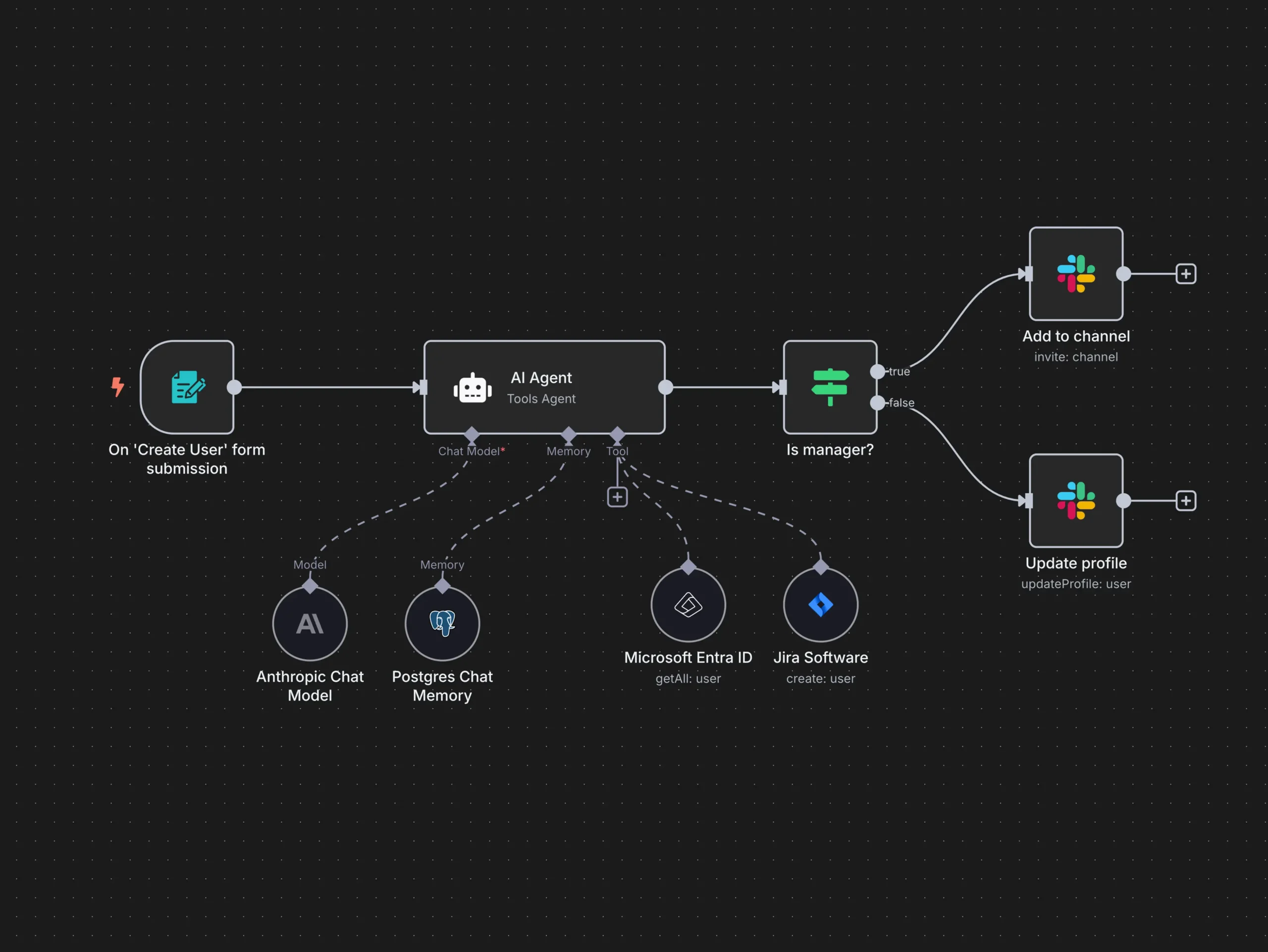Introduction
Connecticut is on the verge of a technological transformation with the announcement of a new $90 million AI center, which aims to serve as a pivotal hub for innovation and job creation in the region. As businesses increasingly rely on artificial intelligence to drive efficiency and growth, this investment is not just a win for Connecticut but a signal to the broader business community about the future of technology integration.
The Rise of AI in Business
Artificial intelligence is reshaping industries by optimizing operations, enhancing customer experiences, and driving unprecedented growth. According to a recent report from McKinsey, companies that adopt AI technologies can achieve up to a 30% increase in productivity. This growth isn’t just reserved for tech giants; small to mid-sized businesses can also harness AI solutions to streamline processes and improve ROI.
Why This Matters for Connecticut
The establishment of the AI center in Connecticut is a strategic move that aligns with the growing trend in business technology. Here are a few reasons why:
1. Job Creation: The center is expected to generate thousands of jobs, not only in tech roles but also in support industries. This influx of employment opportunities can help stimulate the local economy.
2. Attracting Talent: By positioning itself as a center for AI innovation, Connecticut can attract top talent from across the nation. Skilled professionals are increasingly looking for locations that offer advanced technological ecosystems.
3. Supporting Local Businesses: Local enterprises, particularly in eCommerce and service sectors, will benefit from access to cutting-edge AI tools and resources. This can lead to enhanced operational efficiencies and better customer engagement strategies.
Integration of AI in Business Strategies
For businesses to capitalize on the opportunities presented by innovations like those anticipated from Connecticut’s AI center, they need to adopt a strategic approach to AI implementation. Here are key areas to focus on:
1. E-Commerce Optimization
E-commerce brands can leverage AI for personalized shopping experiences, predictive analytics, and inventory management. For example, implementing AI-driven chatbots can enhance customer service, leading to higher conversion rates and customer loyalty.
2. Data-Driven Decision Making
Utilizing AI tools for data analysis can provide businesses with insights that drive strategic decisions. By harnessing machine learning algorithms, companies can forecast market trends and adapt their strategies proactively.
3. Automation of Routine Tasks
AI can automate repetitive tasks, allowing teams to focus on more strategic initiatives. This not only increases productivity but also reduces the likelihood of human error in critical operations.
Preparing for the Future
As Connecticut’s AI center develops, businesses must be proactive in adopting new technologies. Here are some actionable steps:
– Invest in Training: Equip your team with the skills necessary to work with AI technologies. Continuous learning will be key to staying competitive in the evolving market landscape.
– Collaborate with Local Innovators: Engage with the AI center and local tech startups to explore partnership opportunities that can facilitate growth and innovation.
– Embrace a Culture of Innovation: Foster an environment where experimentation is encouraged. Allowing teams to test new ideas can lead to breakthroughs that drive your business forward.
Conclusion
The $90 million AI center in Connecticut represents more than just an investment in technology; it symbolizes a shift towards a future where AI is integral to business success. As the landscape evolves, businesses across all sectors must be prepared to adapt and thrive. For companies looking to stay ahead, this is an opportunity to rethink strategies and embrace the power of AI.
By focusing on innovation and collaboration, businesses can not only benefit from the advancements emerging from this tech hub but also contribute to a broader movement that drives economic growth and development.





